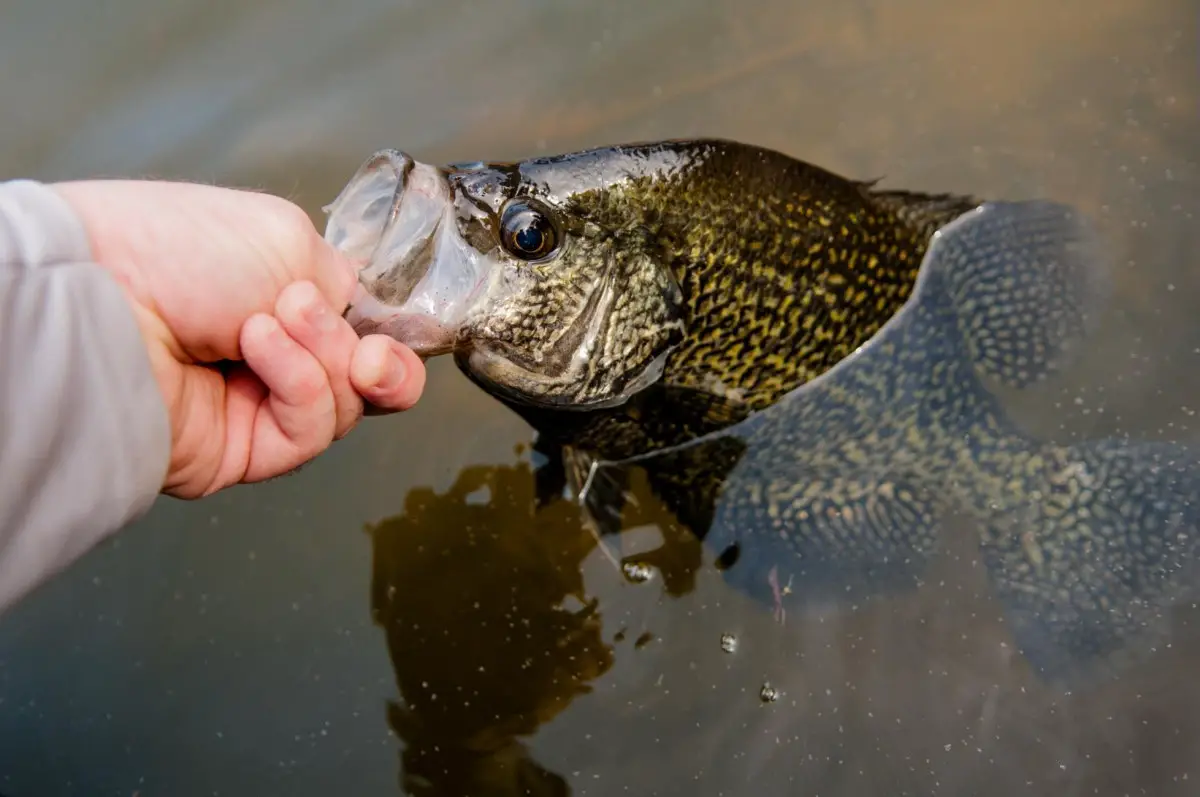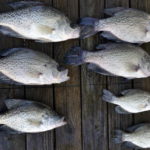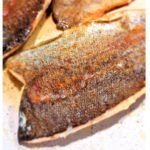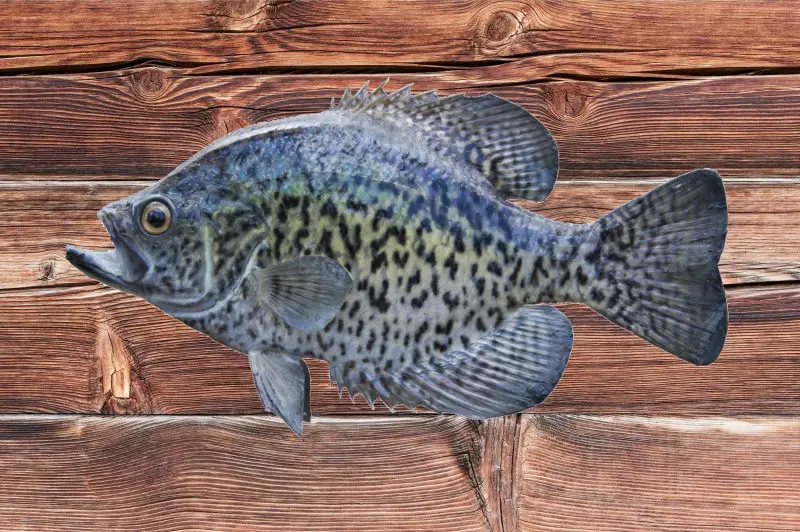The highly prized and highly palatable crappie is a favorite among most anglers in North America. Therefore, as the crappie spawning season approaches, fishing enthusiasts make their way to lakes and ponds where they can easily catch the pan-fish in shallow waters.
Whether you aspire to catch world-record crappie or hook a few big ones for supper, the spawning season is perhaps the best time to head over to the freshwater bodies for a worthy catch. Here is a comprehensive guide detailing everything you must know about where and how the crappies spawn when the spawning season begins, how old the fish are when they start spawning, and much more.
What is Crappie Spawning?
Crappie spawning takes place when the female and male species of the fish simultaneously release their eggs and sperm. This process usually occurs as the weather begins to transition from cold to warm and is affected by several environmental factors, such as water clarity and temperature.
The male crappies use their bottom fins to create nesting grounds in the muddy banks. They also safeguard the site during and after the female crappies lay their eggs.
Where Do Crappies Spawn?
Crappies usually spawn in shallow waters under the cover of flooded timber, lily pads, long-stemmed reeds, and brush. However, the spawning depth depends mainly on water clarity. Since the eggs need sufficient sunlight to mature, crappies are likely to build their nest around two to four feet deep in muddy or murky waters. Meanwhile, in clear waters, the spawning bed could be as deep as eight feet.
How Do Crappies Spawn?
Like many aquatic animals, crappies lay eggs to reproduce instead of giving birth. As the winter season transforms into spring, the male crappies begin clearing sand and gravel from the water bottom to build nests where females could lay eggs upon their arrival. The female crappies may spawn with multiple males in more than one habitat, laying anywhere between 5,000 to 60,000 eggs in a season.
After they have laid their eggs, female crappies scatter into the deeper waters. Meanwhile, the males aggressively guard the spawning site for approximately three to five days until the young crappie begin to emerge from their eggs.
It is important to note that all-female crappies do not lay their eggs simultaneously, so male crappies may continue to crowd the spawning habitats for longer periods.
When Does Crappie Spawning Occur?
Both black and white crappies begin spawning when the water temperature reaches 60 degrees Fahrenheit. The activity peaks when the temperatures hit 68 degrees Fahrenheit and end by the time it increases to 72 degrees.
Though the spawning time varies with each location, crappies typically spawn between late February and March in the south and between May and June in the north.
How Long Does the Spawning Season Last?
The duration of the crappie spawning season depends on the water body. In small lakes and ponds, the spawning may occur within two weeks. However, in larger lakes and reservoirs that have slightly different water temperatures on two distant ends, the spawning window could be up to six-week-long.
How Old Are Crappie When They Start Spawning?
Crappies are known for their fast reproduction rates. Black crappies attain maturity when they are about two to four years old, while white crappies mature at two to three years old. Interestingly, the black species usually begin spawning before white.
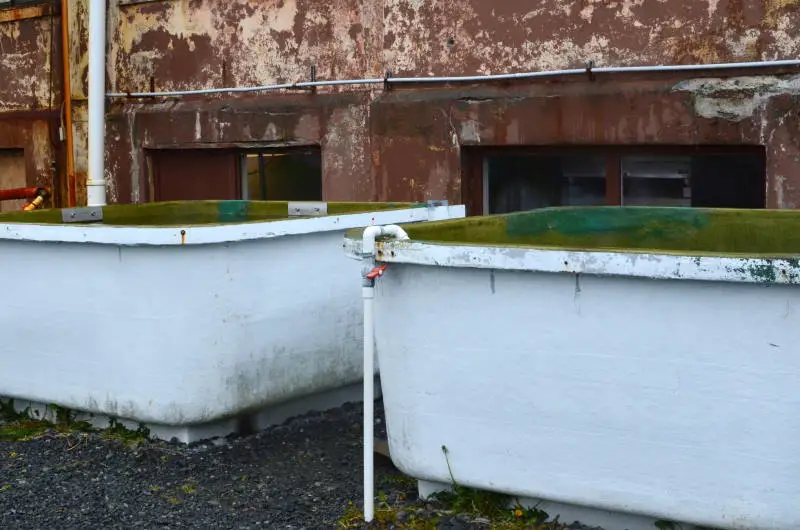
Can Crappie Be Raised In A Hatchery?
Although they are meant to live in sprawling lakes and other large bodies of water, crappies are widely raised in hatcheries because they are fun to catch and quite delicious to eat.
Most hatcheries across the country work in collaboration with the National Fish Hatchery System (NFHS), states, tribes, and other stakeholders to ensure a healthy population of various species. These hatcheries have become essential for a balanced production of game fish for restocking and fishing opportunities and to rebuild populations of different fish that may face threats due to natural conditions.
Since crappies are prolific at reproducing compared to most other sunfish family members, they are significantly easier to rear and stock.
When crappies in the wild are ready to spawn, the biologists and technicians at the hatchery collect and bring them to a specialized area. After they spawn, the fertilized eggs are incubated through specialized equipment. Soon after they hatch, the crappies are transferred to outdoor ponds with relatively clear water as these fish are sight feeders.
Can We Create Spawning Areas For Crappie?
Crappies can spawn at a variety of locations. However, they seek natural covers to build their nest. If a body of water lacks such shelters, man-made covers and fish attractors can serve as ideal spawning habitats.
Several research studies have shown that crappies create their spawning beds in shallow waters along with the mud and pea gravel banks. The species prefers to hide under the aquatic vegetation and standing timber in lowland lakes, where they will be protected from winds and waves while receiving suitable sunlight.
The most productive crappie spawning nests can be found in small ponds and pockets close to a channel.
Where Can You See Crappie Spawn?
You may be able to observe crappie spawn in the lakes, ponds, and reservoirs with clear water during the springtime.
To identify potential spawning sites, look for shallow coves that may provide crappies with adequate protection from wind and predators while ensuring warmth. Spawning habitats may be easier to locate in small lakes and spring-fed ponds.
Furthermore, as the spawning season approaches, the male crappies don darker hues and become rather defensive. The females also become a little edgy. Thus their constant movements may draw attention towards their spawning habitat.
Conclusion
Most anglers prefer fishing crappies during the spawning season as the species overcrowd the areas near the banks of rivers and ponds. It is also worth mentioning that male crappies tend to bite ferociously during this period, though carefully placed baits may also be able to hook more than a few females in an ideal location. The crappie spawning season may range between two and six weeks, depending on the water body.
